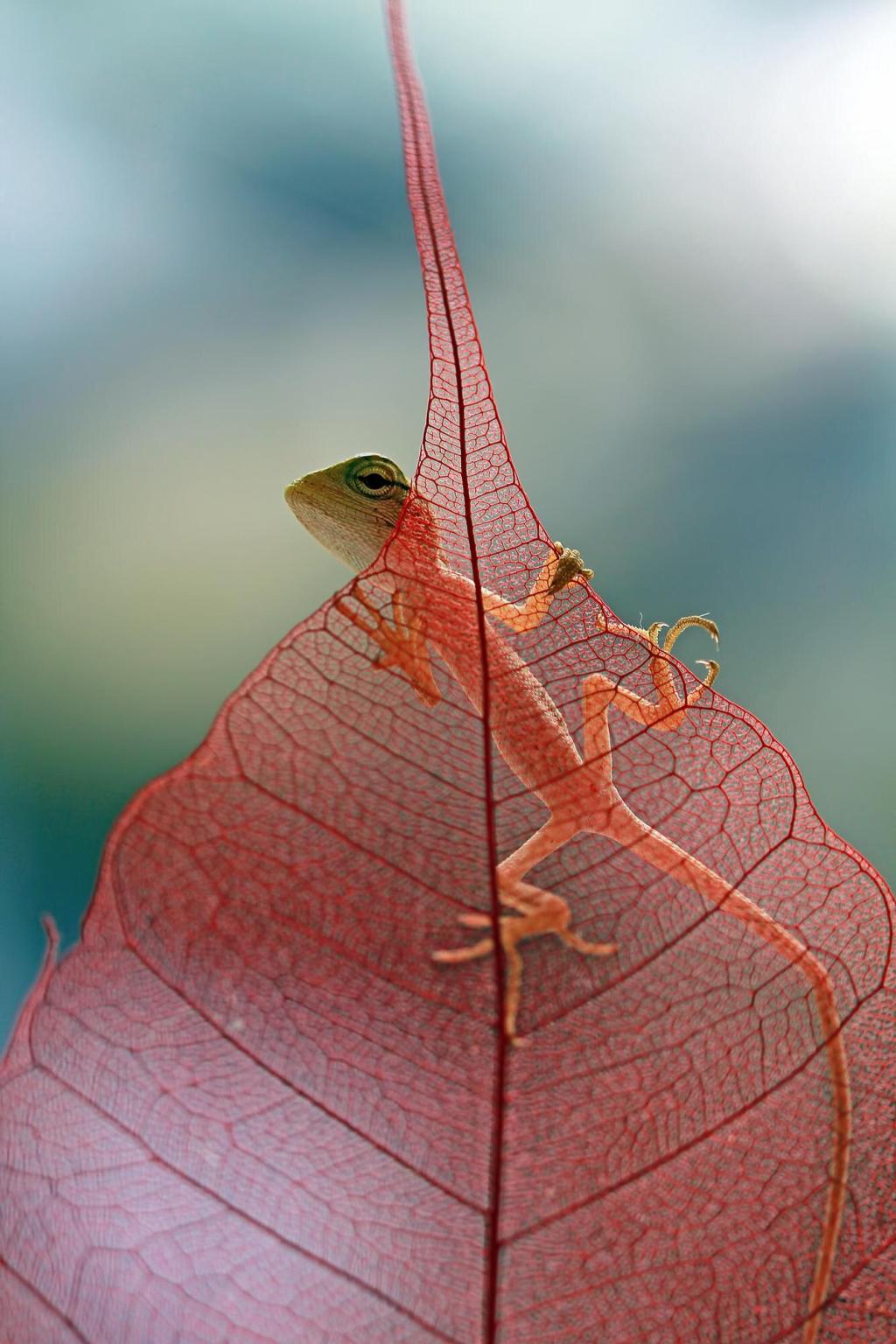Creating Wildlife Havens: Borrowing from National Parks
Welcome! Today’s chosen theme is “Creating Wildlife Havens: Borrowing from National Parks.” We’ll translate park-proven strategies into friendly, everyday steps for turning your home space into a thriving habitat. Subscribe for seasonal checklists, share your progress photos, and join our community of backyard rangers.
Plan Your Habitat Like a National Park

Create a quiet “core” thicket where you avoid frequent traffic, surrounded by a gentler buffer of shrubs and a transition lawn edge. This park-style zoning reduces disturbance and invites shy species to settle and nest, especially during sensitive breeding seasons.
Native Plant Communities: The Park-Proven Backbone
Layered Guilds for Structure and Shelter
Design a canopy, understory, and groundcover, plus a climber layer where possible. This layered approach mirrors park forests, providing perches, foraging nooks, and protected nest sites. Birds glean insects from native leaves, while pollinators rest among stems and seed heads during cooler nights.
Succession and Patience as a Strategy
Let your habitat evolve through time, just as parks allow meadows to shift naturally. Resist over-tidying; tolerate leaf litter, winter stalks, and patchy edges. Those “messy” zones host pupating butterflies, ground beetles, and fungi that knit together the food web supporting birds and amphibians.
Local Seed, Local Story
Choose locally sourced natives whenever possible. Local ecotypes are adapted to your climate, feeding the exact insects your neighborhood birds know and need. Ask nurseries about provenance, trade cuttings with neighbors, and document plant origins so your backyard’s story is rooted in your region.
Water, Shelter, and Food: Building the Triad
01
Install a shallow dish, a slow-drip feature, or a rain garden to mimic park water points. Keep water fresh, add a ramp for small critters, and control mosquitoes by changing water frequently. Even a single saucer can become a lifeline during summer heatwaves.
02
Stack branches and logs to create a snug refuge that resembles park deadwood habitats. These micro-shelters harbor insects that birds feed on, while lizards and toads use the crevices. Tuck piles behind shrubs, and you’ll hear nighttime rustles that signal a living, breathing ecosystem.
03
Map your seasons: spring nectar, summer berries, autumn seeds, winter fruits. Include serviceberry, coneflower, and native grasses to stagger abundance. Leave seed heads standing through winter, and share your planting calendar in the comments so neighbors can synchronize supportive blooms.
Light, Sound, and Night: Adopting Dark-Sky Habits
Shielded Fixtures and Warmer Bulbs
Aim lights downward, use motion sensors, and switch to warm, low-intensity bulbs. Reducing blue-rich light helps insects and birds maintain normal behaviors. Try a light curfew after 10 p.m., then tell us how the stars and night sounds return to your garden.
Quiet Hours for Dawn and Dusk
Designate quiet hours when wildlife feeds and moves most actively. Avoid engines and leaf blowers at first light and last light, just as parks balance visitor use. You’ll notice warbler songs more clearly—and neighbors may appreciate the gentle soundscape too.
Pets, People, and Gentle Pathways
Keep cats indoors at night and walk dogs on leashes near nesting shrubs. Mark soft-foot paths with stones or mulch to guide human traffic. These respectful routines, borrowed from park etiquette, prevent accidental disturbance during the year’s most sensitive wildlife moments.
Stewardship Culture: Leave No Trace at Home
Stay on the Trail, Even at Home
Create defined stepping-stone routes to protect soil structure and seedlings. Like park trails, these paths concentrate traffic while preserving microhabitats. Children enjoy the sense of exploration, and plants appreciate fewer trampling incidents during spring’s vulnerable growth.
Pack It In, Pack It Out—Backyard Edition
Secure trash, skim microplastics from gutters, and compost responsibly. Wildlife can mistake small bits for food, especially after storms redistribute debris. Celebrate cleanups with before–after photos and invite friends to join a monthly, park-inspired “Habitat Care Hour.”
Chemical-Minimal Care and Friendly Weeding
Practice integrated pest management: hand-pull weeds, encourage beneficial insects, and favor organic mulch. Parks model restraint for ecosystem balance; your restraint keeps soil life healthy. Share your best non-toxic tactics in the comments to help new habitat stewards learn confidently.
Backyard Biology: Monitor Like a Park Scientist
Try five-minute bird counts at the same time each week, or quick butterfly transects along your path. Consistency reveals trends. Upload sightings to eBird or iNaturalist, and invite neighbors to a friendly “mini bioblitz” every first weekend of the month.
Backyard Biology: Monitor Like a Park Scientist
Set a small camera near your brush pile and keep a notebook by the back door. Note moon phase, weather, and species behaviors. Last autumn, our camera captured a fox inspecting the water dish—proof that small oases matter in big ways.


Disturbance, Fire, and Renewal—Scaled Safely
Instead of mowing everything, rotate small patches and leave refuges untouched each cycle. This mosaic preserves insect nurseries while preventing thatch build-up. The result echoes parkland heterogeneity, inviting more species to find exactly what they need across your yard.

